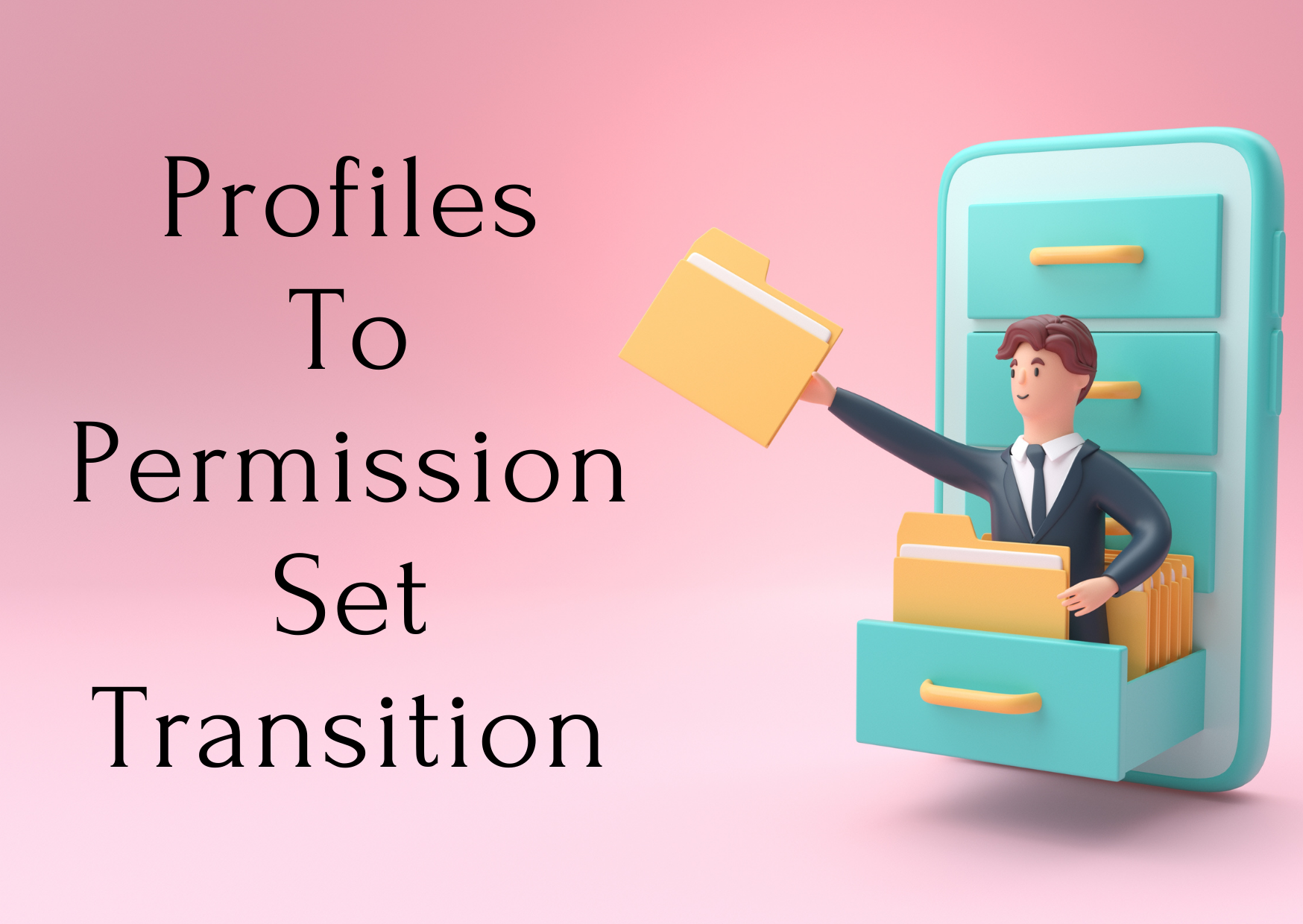
Introduction
Salesforce’s announcement of the end of life (EOL) for permissions on profiles, slated for the Spring ’26 release, marks a significant shift in user management within the platform. This change, while substantial, is part of a broader strategy to streamline and enhance the Salesforce user experience. This article delves into the implications, preparations, and strategies for adapting to this change.
Understanding the Change
What is Changing?
The EOL of permissions on profiles does not signify the end of profiles themselves. Profiles will continue to exist, but permissions will be exclusively available on permission sets post-Spring ’26 release. This change is aimed at simplifying user management and making it more efficient.
What Remains on Profiles?
Profiles will retain certain configurations:
- One-to-one relationships like Login Hours/IP Ranges.
- Defaults for Record Types/Apps.
- Page Layout Assignments, as Salesforce focuses on App Builder/Dynamic Forms instead of migrating page layout assignment to permission sets.

The Shift to Permission Sets
What Moves to Permission Sets?
Post-Spring ’26, the following permissions will transition to Permission Sets:
- User Permissions (System and App Permissions).
- Object Permissions (CRUD operations).
- Field Permissions (Field-Level Security).
- Tabs, Record types (excluding defaults), Apps (excluding defaults).
- Connected App Access, Apex Classes, Visualforce Pages, Custom Permissions.
Embracing Permission Set Groups
Permission Set Groups allow the grouping of Permission Sets, aligning permissions with a user’s job function. This feature enhances clarity and agility in permission assignments.
Preparing for the Transition
Actions to Take Now
- Participate in the closed beta for User Access Policies, a feature to migrate user profiles to Permission Sets and Permission Set Groups. Participate here.
- Utilize the User Access and Permissions Assistant on the AppExchange for analyzing, reporting, and managing permissions. Learn more.
- Review and clean up existing Profiles and Permission Sets. Get tips here.

The Future of User Management in Salesforce
The transition to permission sets is a part of Salesforce’s ongoing effort to enhance the admin experience. This includes:
- User Access Policies in Closed Beta for better migration.
- New features in the field creation wizard for setting Field-Level Security on permission sets.
- Enhancements in managing user access with permission sets, including visibility features and API integrations.
Conclusion
The EOL of permissions on profiles in Spring ’26 is a pivotal change in Salesforce’s user management approach. While it presents challenges, it also offers opportunities for more streamlined and efficient administration. By understanding the changes, preparing adequately, and embracing new features, Salesforce admins can smoothly transition to this new paradigm.

